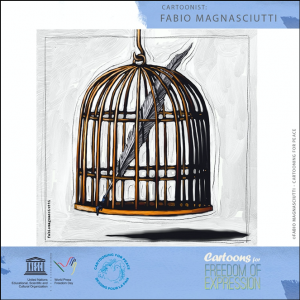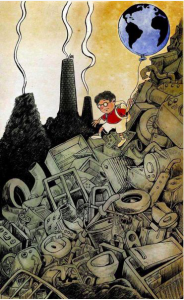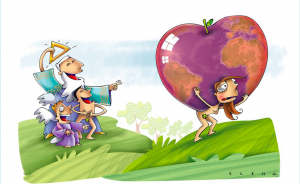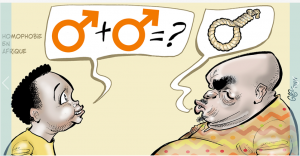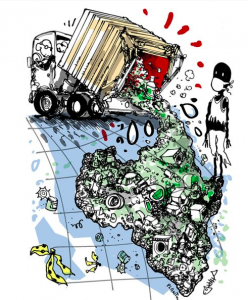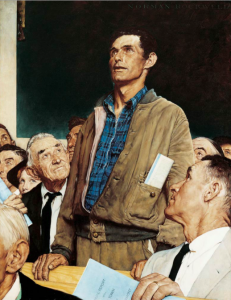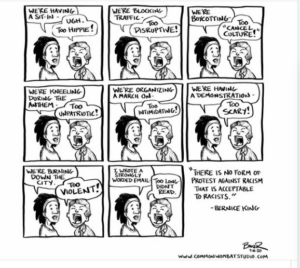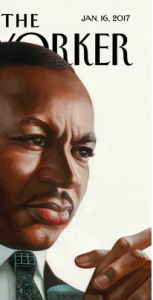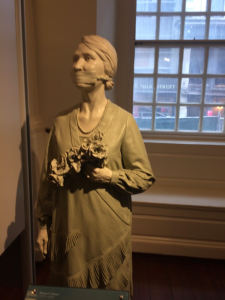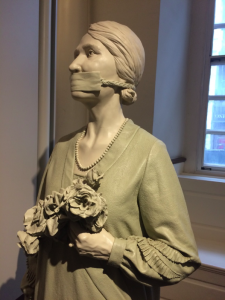What EXACTLY is a press cartoon ?
The term “cartoon” refers to an illustration or a series/sequence of drawings. It is a funny illustration of the news and it is supposed to be thought-provoking. All the great newspapers in the world publish cartoons (except for the New York Times, who decided not to publish them anymore in 2019).
Modern cartoons developed at the same time as newspapers, in the 18th century. Before photography, they were the only way to illustrate articles. Cartoonists were illustrators back then. When newspapers started to use photos, illustrators played a different role. They expressed opinions, doling with the news, politics, culture and world matters.
Cartoons are intended for satire, caricature, or humour.
They expose, ridicule or criticise a situation or a person. They sometimes use metaphor.
Most press cartoons consist in one box only. There are 3 types of cartoons :
- those without text
- those with text
- caricatures, where it is easy to recognise people, as their features are exaggerated.
An illustration is a drawing that only consists in showing a piece of news. No opinion is expressed, and there is no humour. A good example is courtroom illustration, as many countries (France is one of them) do not allow the use of photos or films in a trial.
Political cartoons express an opinion. Almost all press cartoons express an opinion. The artists aim at triggering thought in their readers, and they are often activists, as they fight for a cause.
FREEDOM OF EXPRESSION, by Fabio Magnasciutti, Italy
ENVIRONMENT, by Payam, Iran
WOMEN’S RIGHTS by Elena, Columbia
LIVING TOGETHER, by Glez, Burkina Faso
NEW TECHNOLOGIES, by Côté, Canada
NORTH SOUTH UNEQUALITY, by Plantu, France
Check out the Cartooning for Peace website here
HOW TO…. do a presentation about a press cartoon :
1 – Give the author’s name and nationality, the date the cartoon was published, and its title.
2 -Describe the drawing
3 -Explain the different elements (use context, symbols)
4 – What is the artist’s message/intention ?
5- Is the picture efficient ? Did it have any consequences ? Does it correspond to an NGO / a political movement/ activism ?

